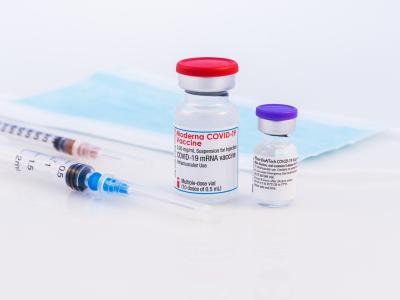Jan 18, 2013
Study: Oseltamivir during pregnancy did not impair fetal health
Oseltamivir (Tamiflu) use among pregnant women during the 2009 H1N1 flu pandemic did not affect fetal health, according to a retrospective cohort study yesterday in the American Journal of Obstetrics and Gynecology (AJOG). Canadian and Chinese researchers analyzed data from 55,355 Ontario women who gave birth any time from November 2009 through April 2010. Of the cohort, 1,237 (2.2%) received oseltamivir for treatment or prevention of flu while pregnant. The researchers found that the oseltamivir patients had a lower risk of their fetus being small for gestational age (SGA) based on the 10th percentile for growth (adjusted relative risk, 0.77, 95% confidence interval, 0.60-0.98). Further, they found no association between oseltamivir use and preterm birth, very preterm birth, low Apgar score, or SGA based on the 3rd percentile. They conclude, "There is no evidence of an association between maternal use of
oseltamivir for influenza and early birth, low Apgar at birth, and poor fetal growth."
Jan 17 AJOG abstract
D222G H1N1 mutation linked to severe disease, post-infection origin
Norwegian researchers have identified further evidence of a link between the D222G mutation in the 2009 H1N1 virus and severe and fatal disease, as well as evidence that the mutation appears only after the patient is infected, according to a study yesterday in Eurosurveillance. The investigators found the mutation, which occurs in the hemagglutinin portion of the virus, in 5 (9.6%) of 52 fatal pH1N1 cases and in 8 (30.8%) of 26 severe but nonfatal pH1N1 cases. No D222G mutations were identified in 381 mild pH1N1 cases. "This difference could not be attributed to sampling differences, such as body location of sampling, or duration of illness," the authors write. In addition, in four of five patients for whom they had serial samples, only 222D wild-type viruses were detected originally, before the D222G mutation occurred, indicating that the mutation developed after infection. Also, in all eight patients for whom
the team had paired samples from both the upper and lower respiratory tract, D222G was confirmed in both locations.
Jan 17 Eurosurveillance study


















